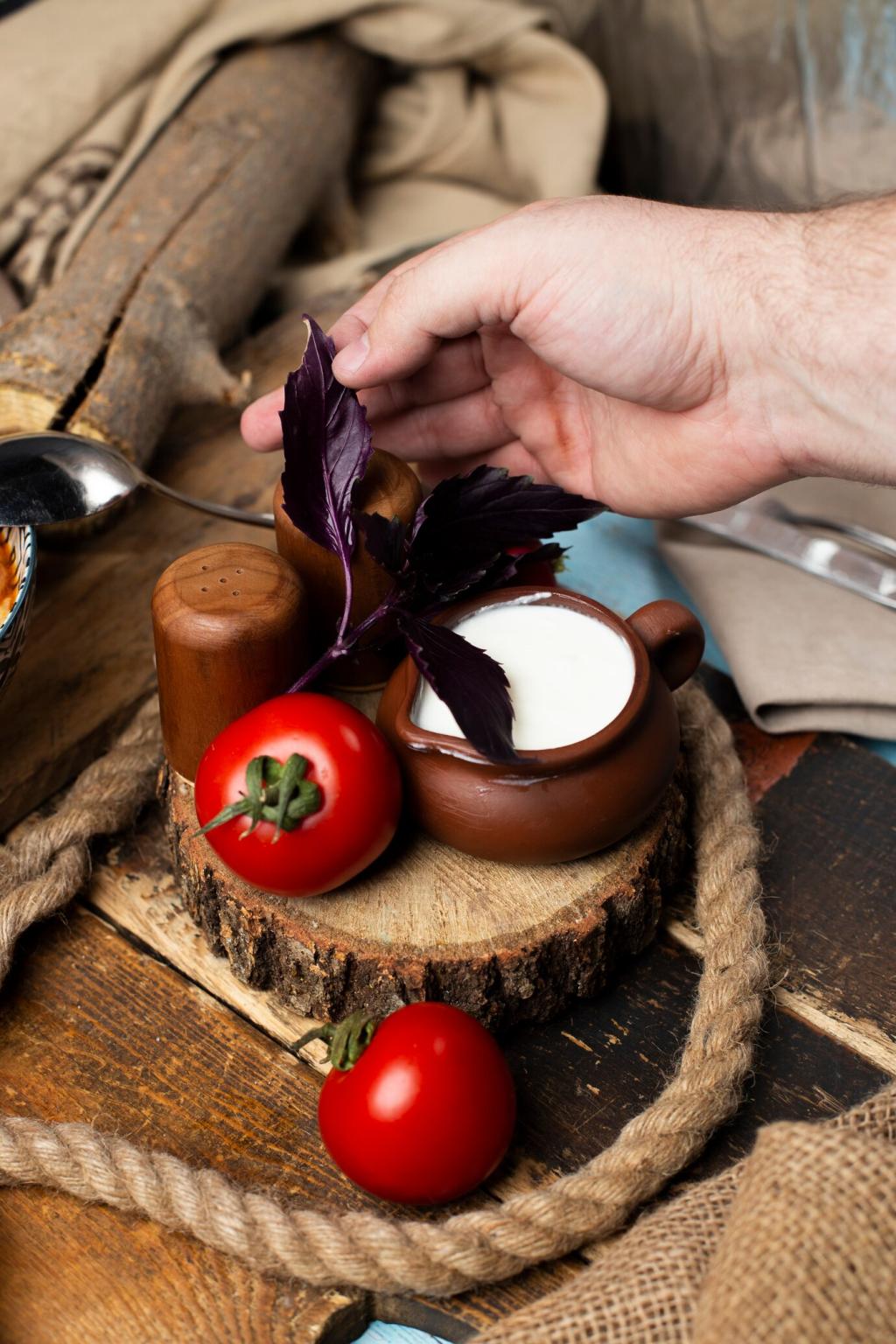Crafting Personal Fragrance with Essential Oils
Discover the art and science of creating your signature scent by harnessing the natural beauty of essential oils. Personal fragrance is more than just a way to smell pleasant—it’s a form of expression, an encapsulation of mood, memory, and individuality. This guide will walk you through the essential steps and considerations in making a unique and enchanting personal fragrance, drawing from the vast and evocative world of plant-based oils. Whether you’re beginning your journey or deepening your practice in fragrance creation, delve into the principles and practices that will make your scent story truly your own.
Understanding the Basics of Essential Oil Perfumery
Each essential oil belongs to one or more aromatic families, such as floral, citrus, woody, spicy, or resinous. Recognizing these families helps you structure your fragrances with depth and coherence. Fragrances also evolve over time, built upon top, middle, and base notes that together form the fragrance pyramid. Top notes provide the first impression, often light and fleeting; middle notes give body and character; base notes linger and provide lasting depth. Understanding how to layer these notes is key for a balanced personal perfume.
Fragrance is uniquely tied to memory and emotion, making essential oils particularly powerful tools for personal expression. Scents can evoke vivid recollections and mood shifts, influencing our state of mind and how we are perceived. When composing a personal fragrance, consider which memories or emotions you’d like to evoke, and choose oils that reinforce those associations. This approach not only makes your creation deeply personal but also ensures it resonates uniquely with your presence.
Essential oils are highly concentrated and must be handled with care. Safety is paramount: always dilute essential oils in a carrier—such as jojoba, fractionated coconut oil, or ethanol—to make them skin-safe and allow for even evaporation. Understanding the recommended dilution ratios prevents sensitization and ensures a pleasant experience. Before applying any blend to your skin, conduct a patch test to check for adverse reactions. Proper usage not only protects your health but also allows for a more refined and wearable fragrance.
Selecting and Blending Your Essential Oils
Begin by exploring the essential oils that naturally attract you. Spend time with their undiluted aromas to discover what resonates: perhaps the brightness of bergamot, the warmth of sandalwood, or the sweetness of rose. Your scent preferences are often shaped by your personality and lifestyle. By identifying core oils that reflect your tastes, you lay the foundation for a fragrance that feels authentic and expressive.

Crafting the Final Blend: Process and Reflection
Weighing and Measuring with Precision
Consistency is crucial in perfumery. Use precise measurements when combining essential oils and carriers, recording every proportion and adjustment. Even small variations can dramatically alter a fragrance’s balance. Utilizing pipettes or graduated droppers ensures reliability from batch to batch, making it easier to recreate or tweak your formula. Diligence in weighing also forms the backbone of your personal scent library for future explorations.
Evaluating and Adjusting Your Blend
Once your initial blend is prepared, let it rest for at least a few days—this maturation period allows the notes to integrate and develop. After resting, assess your blend both on blotters and directly on your skin, taking note of its evolution from application to dry-down. Refine your blend by adjusting ratios, substituting oils, or incorporating additional notes as needed. Sometimes, subtle tweaks—such as a single drop of citrus or a touch more base—transform the scent entirely, moving it closer to your vision.
Documenting Your Fragrance Creation
A meticulous record of your process is indispensable for growth and replication. Document rather than rely on memory: note all ingredients, specific measurements, dilution rates, dates, and sensory impressions. This written history becomes a valuable resource, allowing you to repeat successes and learn from less successful experiments. In time, your notebook will chronicle not only recipes but your evolution as a perfumer.
